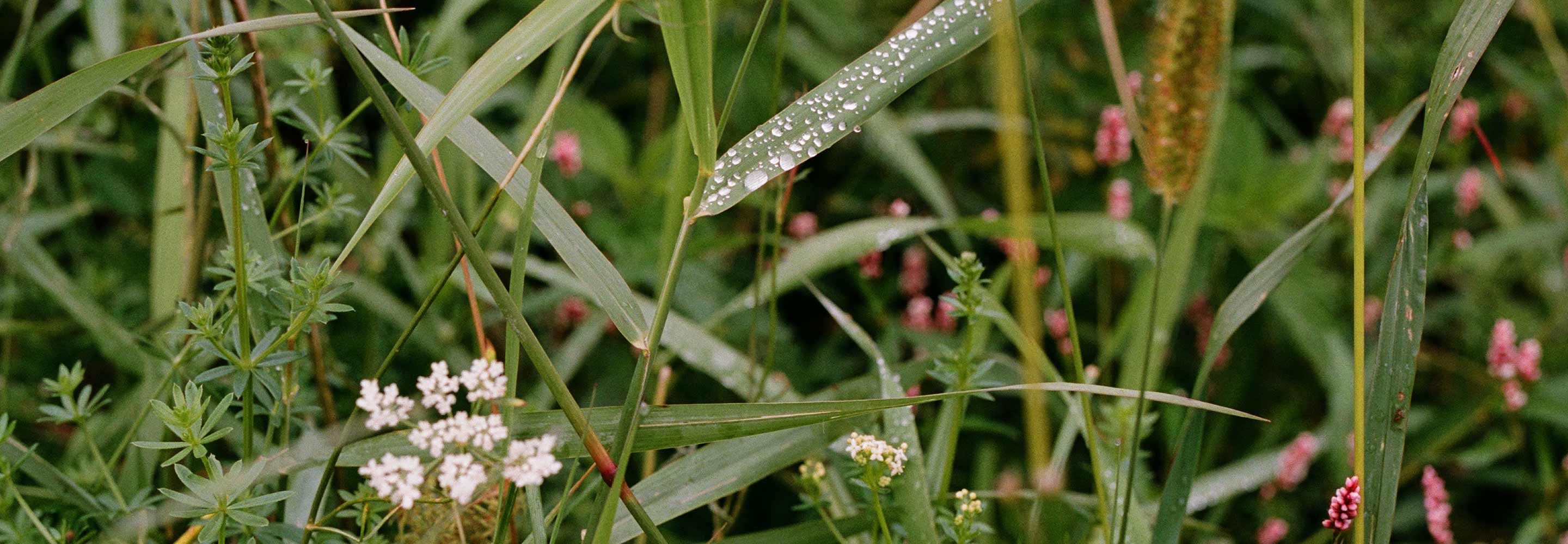
Clean Ingredients
Our Approach
Ingredients
Did you know that the scalp is considered one of the most absorbent parts of the body? That’s why we make sure our products contain all of the good stuff, and none of the bad.
At the intersection of farms and labs, we have created our own original clean formulas free-of silicones, parabens, sulfates, phthalates, artificial colorants and a long list of other not-so-great ingredients often found in conventional beauty products. We believe in high-performance clean products that are good for you and for the environment.
Our key natural ingredients are primarily sourced from Latin America and offer the most nutrient-rich foundation to our clean formulas.
We believe in radical transparency, and fully disclose our ingredient lists, even for our fragrance, which most brands consider a "trade secret". Our formulations contain less than 1% of fragrance, and does not include commonly-used, potentially harmful ingredients such as phthalates, polycyclic musks, nitromusks amongst many others. You can read more about our ingredient approach here.
Clean Formulas
Born at the intersection of farms and labs, featuring clean and natural ingredients
From Latin America
We intentionally curate natural ingredients from the hearts of Latin America
Vegan
Our products feature nutrient-rich, raw ingredients straight from nature
Cruelty Free
Our formulas are guided by our commitment to people, animals and the Earth
 Açai oil
Açai oil
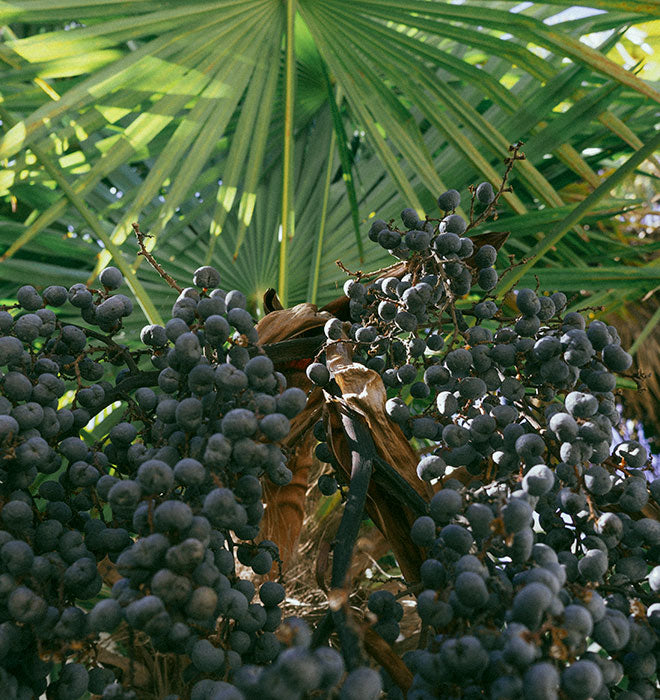
Brazil
Through a combination of Omega-6 fatty acids, flavonoids and gamma-oryzanol, Açai Oil adds a protective film to the hair, promoting hair glossiness and shine, while decreasing frizz. Its protective coating of antioxidants is also essential for protecting hair color, as it prevents oxidation from free radicals, prone to cause fading.
Benefits
- Combats and decreases frizz
- Promotes hair glossiness
- Acts as a protective film
 Aloe vera
Aloe vera
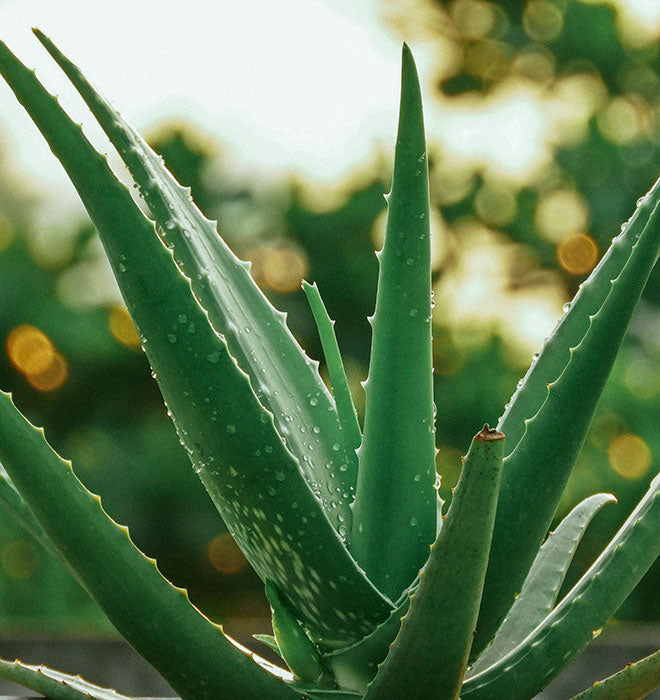
Guatemala
Aloe Vera acts as an unparalleled conditioner, leaving your hair smooth and shiny, while promoting hair growth. This miracle-plant possesses reparative proteolytic enzymes, alongside anti-inflammatory properties to help soothe the scalp and calm irritation.
Benefits
- Restores and repairs hair
- Anti-inflammatory
- Soothes irritation
 Avocado Oil
Avocado Oil
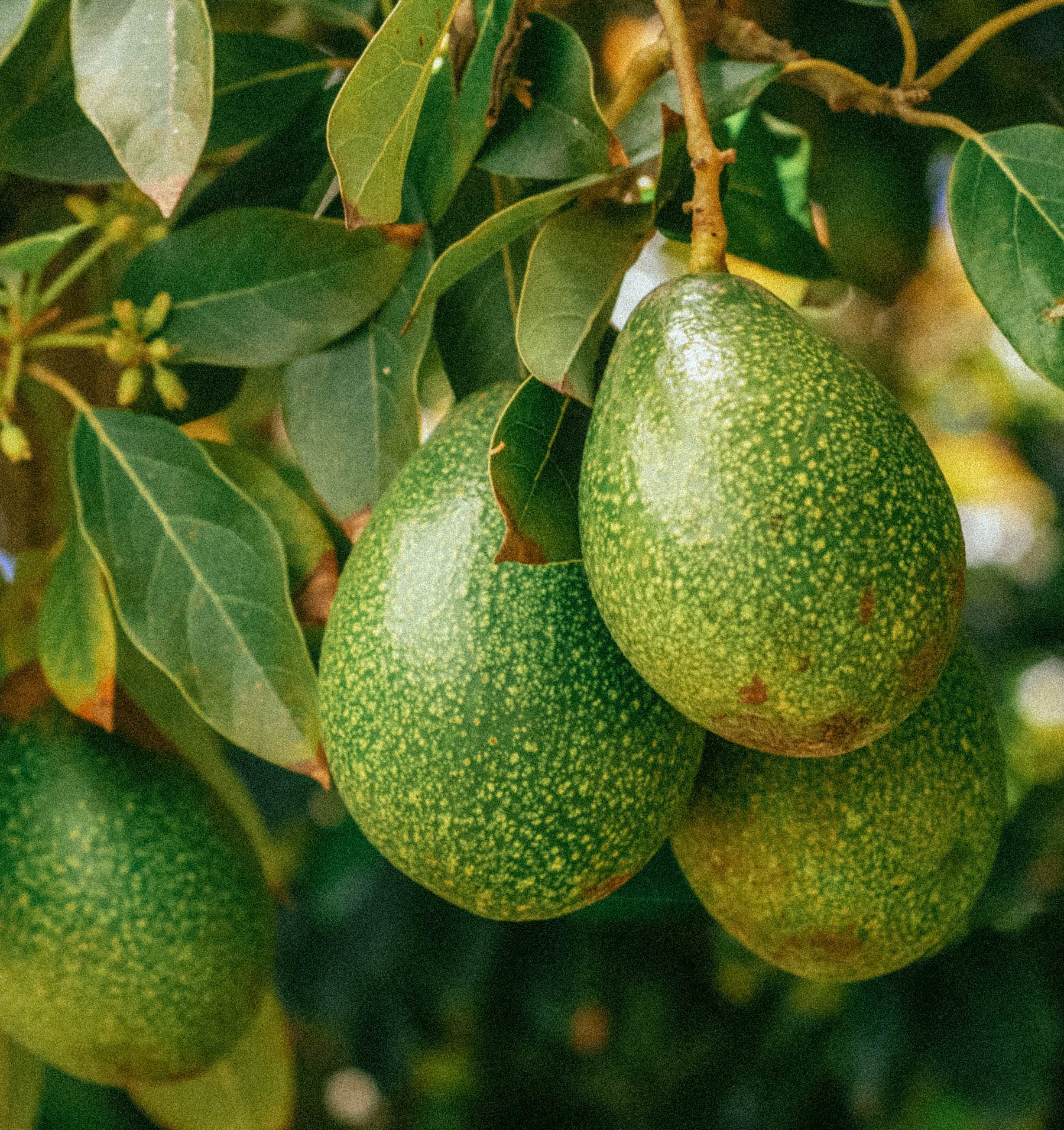
Mexico
Avocado contains powerful fatty acids and oleic acids, providing many essential nutrients that improve hair health and lead to reduction in breakage and split ends. Because of its fatty acids, avocado oil will strengthen the hair from the inside to help prevent damage, making hair more flexible.
Benefits
- Reduces breakage and split ends
- Strengthens hair
- Increases hair strand flexibility
 Babassu Oil
Babassu Oil

Peru
With a nutrient-rich harmony of antioxidants, fatty acids and phytosterols, Babassu Oil regenerates hair and promotes scalp health. The oil soothes irritation, repairs split ends and moisturizes the scalp.
Benefits
- Soothes irritation
- Repairs split ends
- Moisturizes the scalp
 Blue Agave Extract
Blue Agave Extract
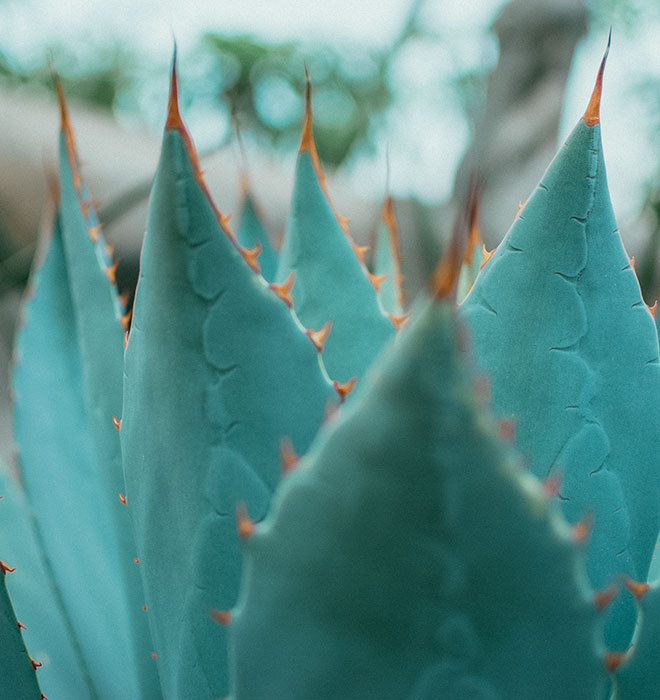
Mexico
Through a combination of Omega-6 fatty acids, flavonoids and gamma-oryzanol, Açai Oil adds a protective film to the hair, promoting hair glossiness and shine, while decreasing frizz. Its protective coating of antioxidants is also essential for protecting hair color, as it prevents oxidation from free radicals, prone to cause fading.
Benefits
- Promotes hair strength
- Deep nourishment and hydration
- Improves hair elasticity
 Caffeine
Caffeine
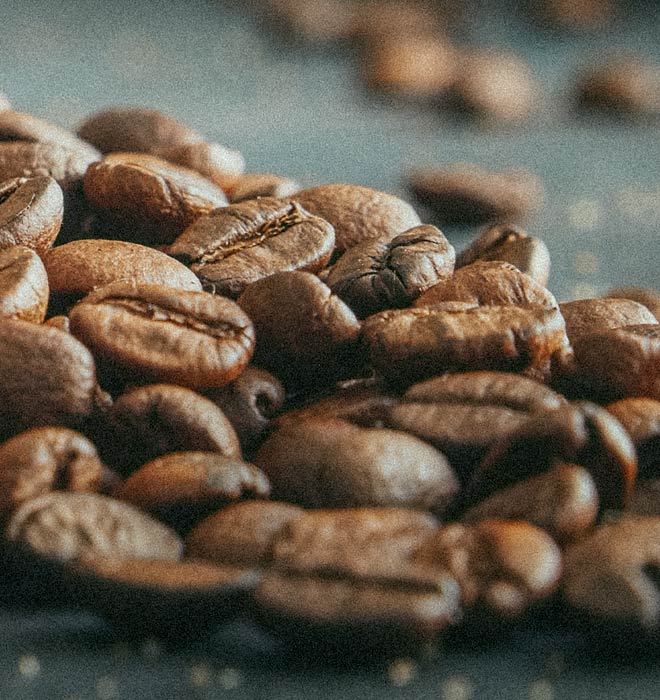
USA
Rich in antioxidants, Caffeine repairs and prevents hair damage while softening and smoothing dry and frizzy hair. Caffeine is also a natural acidic, which helps to fight hair breakage. Caffeine helps stimulate hair growth and supports strong and healthy hair.
Benefits
- Promotes hair growth
- Repairs and prevents hair damage
- Combats and decreases frizz
 Castor oil
Castor oil

India
Castor Oil by way of ricinoleic acid and Omega-6 fatty acids, enhances overall hair health, in turn promoting hair growth. The oil is an anti-inflammatory that increases hair strand flexibility and shine.
Benefits
- Increases hair strand flexibility
- Promotes hair growth
- Boosts hair shine
 Chia seed oil
Chia seed oil

Mexico
Rich in Omega-3 fatty acids, phosphorus, and zinc, Chia Seed Oil possesses moisturizing properties which aid in nourishing and conditioning the scalp, while improving hair strength, to avoid hair loss and breakage.
Benefits
- Moisturizes the scalp
- Improves hair strength
- Deep nourishment and hydration
 Cupuaçu butter
Cupuaçu butter
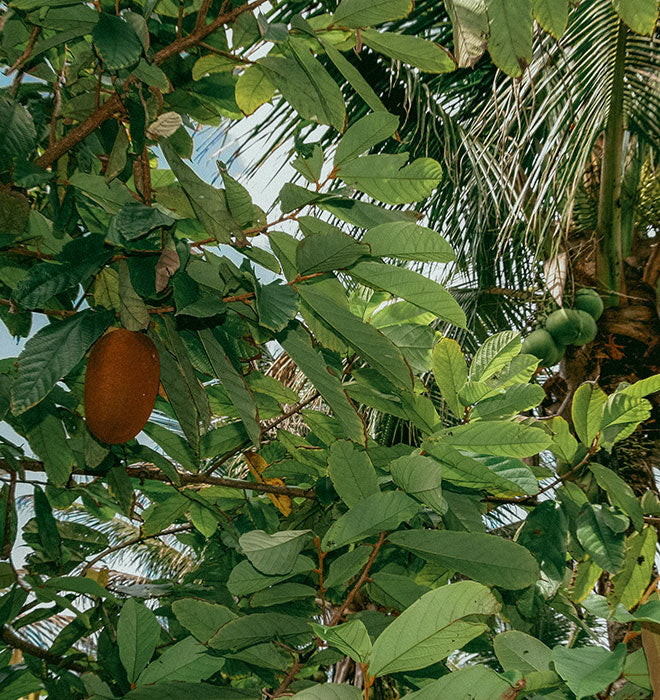
Peru
Rich in phytosterols and fatty acids, Cupuaçu Butter has the unique ability to optimize moisture retention by regulating the balance of natural lipids throughout the hair. The butter also nourishes and moisturizes the scalp, while increasing the overall shine of hair.
Benefits
- Ultimate moisture retention
- Deep nourishment
- Boosts hair shine
 Guava Fruit Extract
Guava Fruit Extract
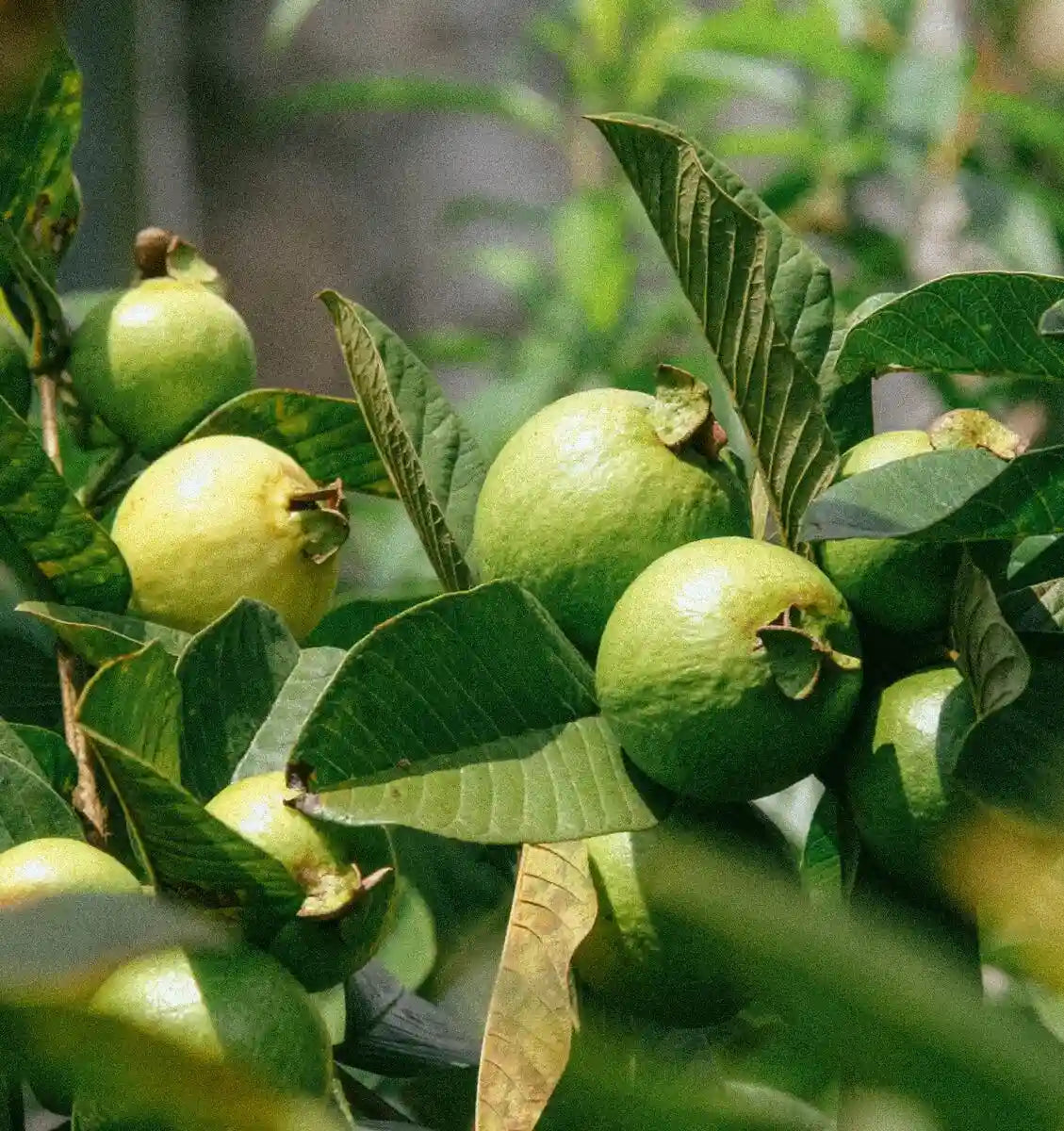
Thailand
Superfruit Guava contains powerful antioxidants, fighting off free radicals and preventing hair damage. Guava is also one of the richest sources of Vitamin C, containing 2x more Vitamin C than oranges! Guava also creates a natural UV barrier, shielding hair from sun damage, which can leave hair dry, brittle and damaged.
Benefits
- UV protection
- Prevents hair damage
- Deep nourishment
 Maracujá oil
Maracujá oil
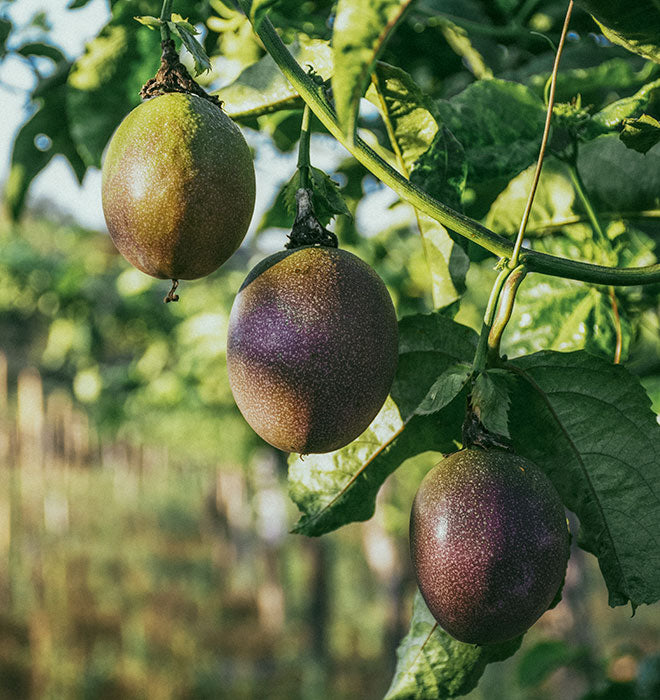
Ecuador
Through its high content of Omega-6 fatty acids, flavonoids and gamma-oryzanol, Maracujá Oil, also known as Passion Fruit Oil, forms a protective film and promotes hair glossiness and shine.
Benefits
- Promotes hair glossiness
- Boosts hair shine
- Acts as a protective film
 Murumuru Butter
Murumuru Butter
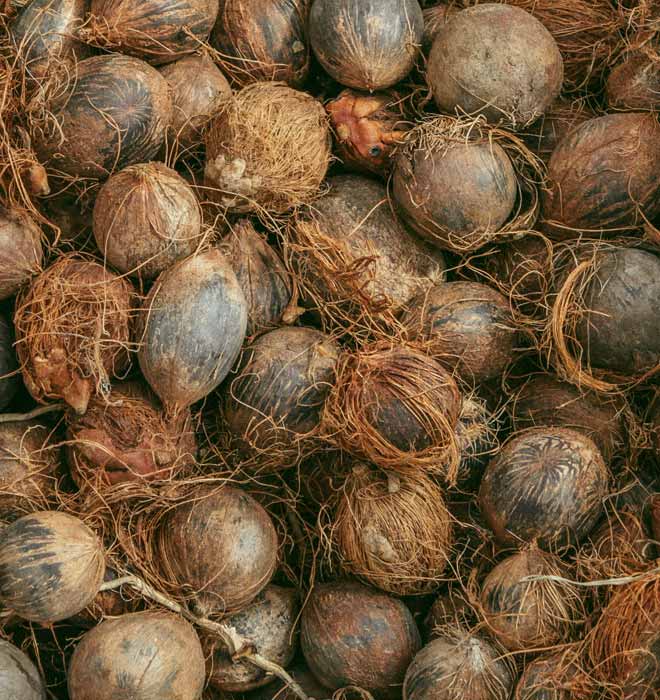
Brazil
Murumuru Butter has a high lauric acid content, a fatty acid shown to penetrate the hair’s shaft. This allows for increased moisture retention and sealing of the cuticle, resulting in softer and more hydrafted hair. As a rich emollient for hair, Murumuru Butter softens hair while keeping your hair shiny and healthy.
Benefits
- Boosts hair shine
- Ultimate moisture retention
- Softens hair
 PAPAYA ENZYMES
PAPAYA ENZYMES
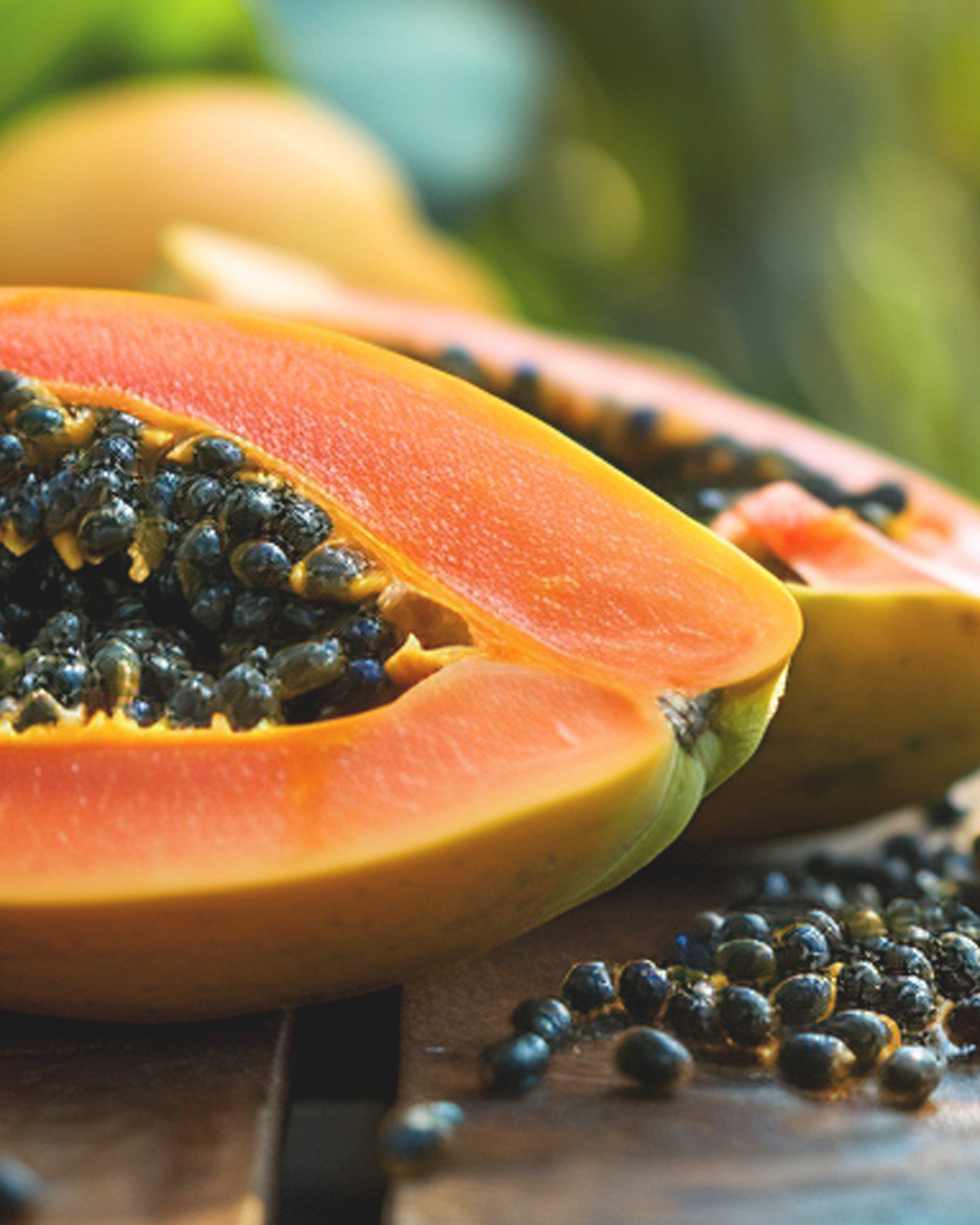
USA
Papaya's natural enzymes effectively dissolve scalp build-up, setting the foundation for healthier hair. Loaded with Vitamin C and A, this nutrient-rich fruit exfoliates without drying.
Benefits
- Soothes Scalp Irritations
- Gently Exfoliates
- Unclogs Pores and Build-Up
- Promotes Scalp Health
 Patauá oil
Patauá oil
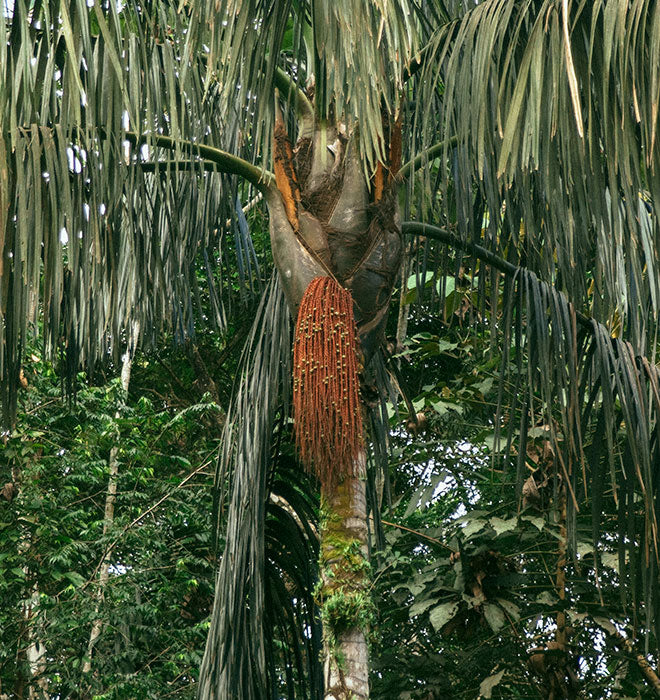
Brazil
Rich in omega-9 and fatty acids, Patauá Oil helps to reduce scalp flakiness, while promoting follicle health for optimal performance and hair growth. The oil starts at the root moisturizing and calming the scalp and works all the way to the ends of the hair, resulting in intense hydration.
Benefits
- Promotes hair health
- Intense hydration
- Moisturizes the scalp
 Pequi Oil
Pequi Oil
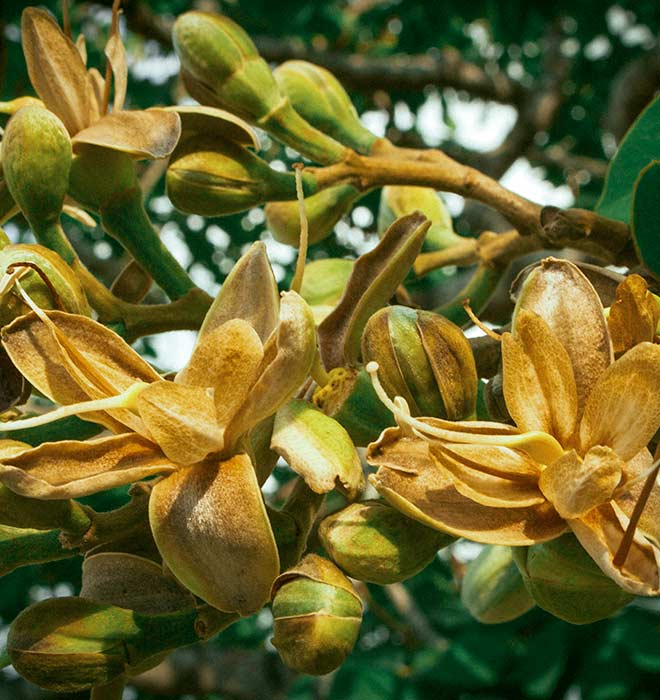
Brazil
Brazilian super fruit, Pequi, contains nourishing vitamins and minerals that contribute to its moisturizing capabilities. Pequi is especially good for curly hair, maximizing definition with an added curl-boost and reducing frizz.
Benefits
- Moisturizes hair
- Boosts curls
- Reduces frizz
- Maximizes definition
 Safflower Seed Extract
Safflower Seed Extract

Mexico
High in fatty acids and various vitamins and minerals, Safflower Seed provides your scalp and hair with the nutrients they need for healthy and strong hair. Safflower Oil also contains a wide array of antioxidants known to protect hair against the harsh effects of environmental stressors.
Benefits
- Promotes hair health
- Acts as a protective film
- Improves hair strength
 Tamarind Extract
Tamarind Extract
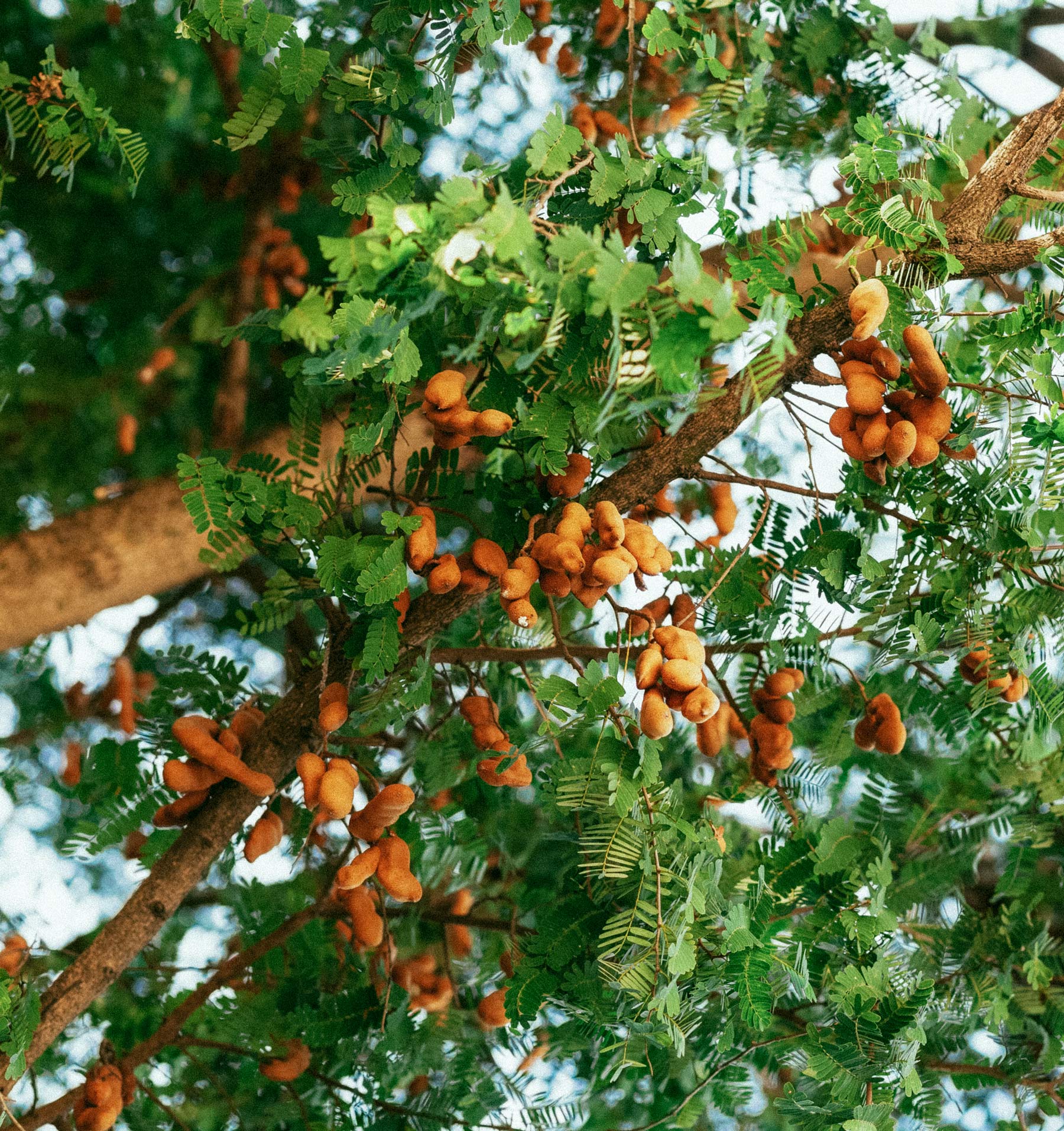
Brazil
Due to its antiseptic and anti-inflammatory properties, Tamarind makes your hair stronger and prevents breakage.
Benefits
- Promotes hair strength
- Anti-inflammatory
- Reduces breakage and split ends
 Witch Hazel
Witch Hazel
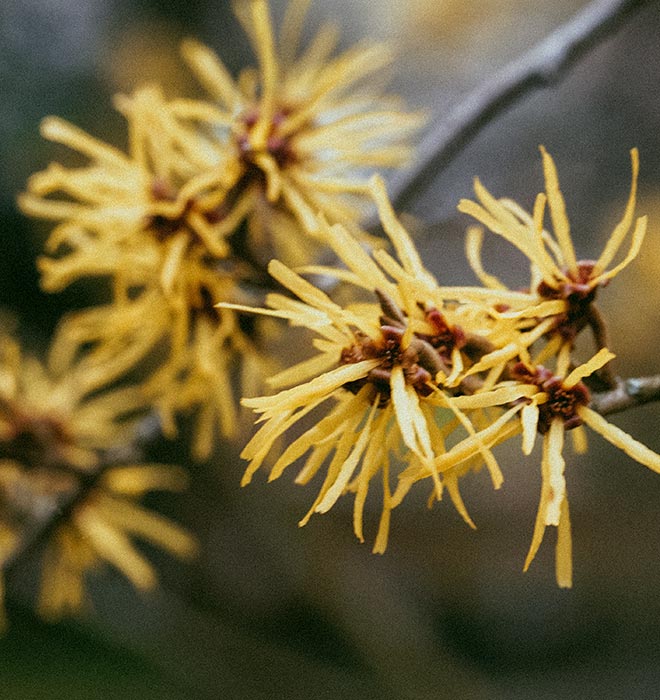
USA
Known for sebum control and ultimate scalp health, Witch Hazel diminishes flaking, balances sebum production and by boosting circulation, help keep hair follicles well-nourished.
Benefits
- Diminishes flaking
- Deep nourishment
- Boosts circulation
 Yucca Extract
Yucca Extract
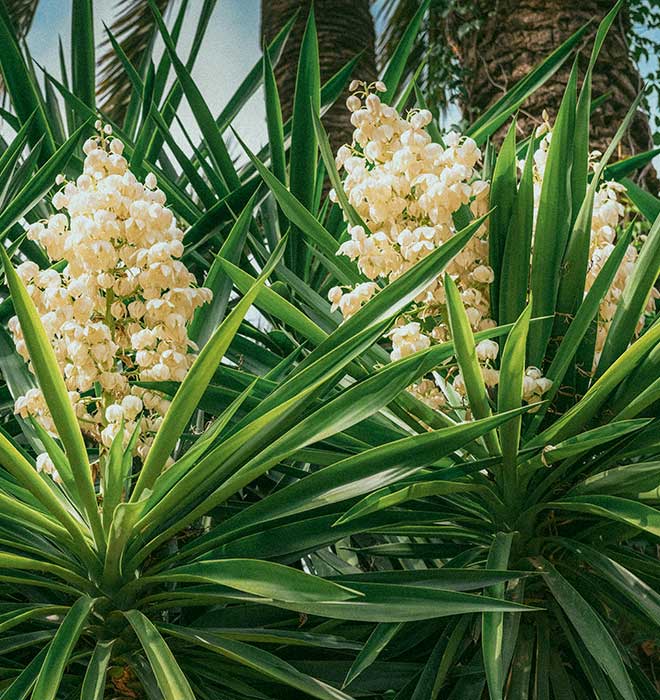
USA
Thanks to its cleansing and antiseptic properties, Yucca contains natural surfactants called saponins that clean the hair and skin naturally. Unlike harsh, drying chemical surfactants, those found in Yucca are not only promoting cleansing of the scalp, but shedding and exfoliation of dead skin cells. Yucca is also loaded with antioxidants, which make it an excellent soother and calmer of irritated scalp.
Benefits
- Antiseptic
- Exfoliates the scalp
- Soothes irritation
WE SAY NO TO
Our Free-of List
We care as much about the ingredients we choose not to include, as we do the ones we consciously include.
Did you know that Europe has banned over 1,600 harmful and potentially toxic ingredients, while the U.S. only bans 30 of them? At Ceremonia we pride ourselves in pushing the boundaries of what the future of beauty can be and have banned over 1,600 ingredients and beyond, following the EU framework.
We exclude ingredients linked to:
- Skin irritations and allergies
- Hormone disruption
- Cancer
- Environmental Concerns
- Animal Derived Products (ingredients that negatively impact the environment and welfare of animals)
The below lists all the categories where the 1,600+ ingredients fall under:
Aluminum Powder
It’s a byproduct from aluminum manufacturing, used as a color additive.
Animal Derived Ingredients
Any material derived from the body of an animal, including Animal Musks and Animal Fats, used as emollients, emulsifier, colorants and film foaming agents amongst others.
Artificial Colorants
Made with synthetic chemicals and may contain heavy metals salts that can deposit toxicity onto the skin. These toxins increase your risk of skin sensitivity, irritation, allergies and are known for blocking pores.
BHA
Butylated Hydroxyanisole (BHA) is a synthetic antioxidant and preservative that prevents products from going bad.
BHT
Butylated Hydroxytoluene (BHT) is a carbon-based preservative that prevents products from going bad.
Chemical Sunscreens
Active ingredients included in chemical sunscreens absorb into the skin and then absorb UV rays, convert the rays into heat and then release the heat from the skin. Includes Benzophenone, Oxybenzone, Octinoxate amongst others.
EDTA
A stabilizer used in cosmetics to prevent ingredients in a given formula from binding with trace elements (minerals) that can be present in water. EDTA also keeps other ingredients from causing unwanted changes to a product’s texture, odor and/or consistency.
Ethanolamines
Helps to adjust the pH of a product to keep it from degrading when stored in a container. DEA and DEA-related ingredients also function as foaming agents in cosmetics.
Formaldehyde
These compounds work as an antimicrobial agent and preservative. They release a small amount of formaldehyde over the shelf-life of a product. Includes Formaldehyde "releasers" or "donors" including Formaldehyde Resin, Methenamine, Benzyl Hemiformal amongst others.
Methyl Cellosolve
Solvent used as an additive in perfumes. Also includes 2-Methoxyethanol.
MCI & MIT
Methylchloroisothiazolinone (MCI) and Methylisothiazolinone (MIT) are preservatives active against bacteria, yeast and fungi.
Parabens
Commonly used as a preservative to typically extend the shelf life of products way beyond what’s truly needed. Includes Butylparaben, Isopropylparaben, Methylparaben.
Perfluorinated Compound
Mainly used in different products because of their oil-, stain- and water-repellent properties. Includes PFASs or PFCs.
Petrolatum, Paraffin & Mineral Oil
Petrolatum is a semisolid mixture derived from processed petroleum. Mineral Oil, Paraffin Wax, Liquid Paraffin, and several other ingredients are byproducts from petroleum distillation.
Triclosan & Triclocarban
Antibacterial and antifungal compounds used in personal care to reduce or prevent bacterial contamination.
PFASs or PFCs
Defined as: mainly used in different products because of their oil, stain and water-repellent properties.
Phthalates
Plasticizing chemicals, used to make plastics more flexible and harder to break. Some of them are also being used as dissolving agents for other materials.
Resorcinol
An amino acid alcohol used as an antiseptic and disinfectant.
Silicones
Used in hair care products as a sealant against water and air, it gives the hair the illusion of shine, but it is not the shine we really want- it’s artificial shine from the light reflecting on the plastic seal. Silicones also form a coating around hair cuticles, which gives the hair a conditioned feel, but it ironically actually prevents the hair from absorbing moisture, meaning it does more harm than good. Silicones can also weigh the hair down, as it can behave like a magnet for dirt and other ingredients. Last but not least, silicones are believed to not be non-degradable and persist in the environment, meaning they end up in nature after you rinse them off.
Sulfates
Chemicals used as cleansing agents. The purpose of these sulfates is to create a lathering effect creating the foamy texture you get when you massage shampoo into your hair and scalp.
Toluene
Toxic solvent, mostly found in nail products and hair dyes. EWG considers toluene to be one of the most toxic ingredients on the market.
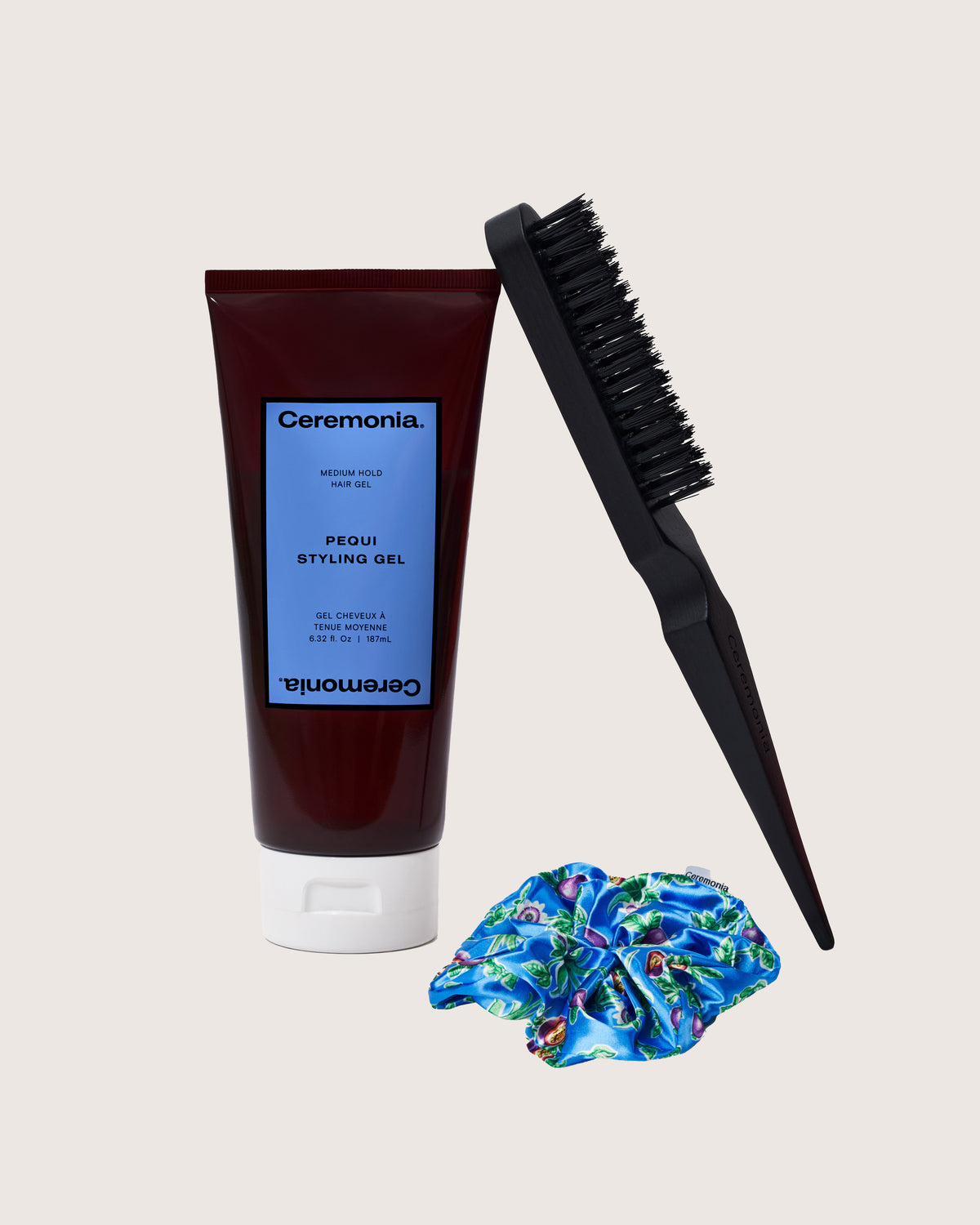
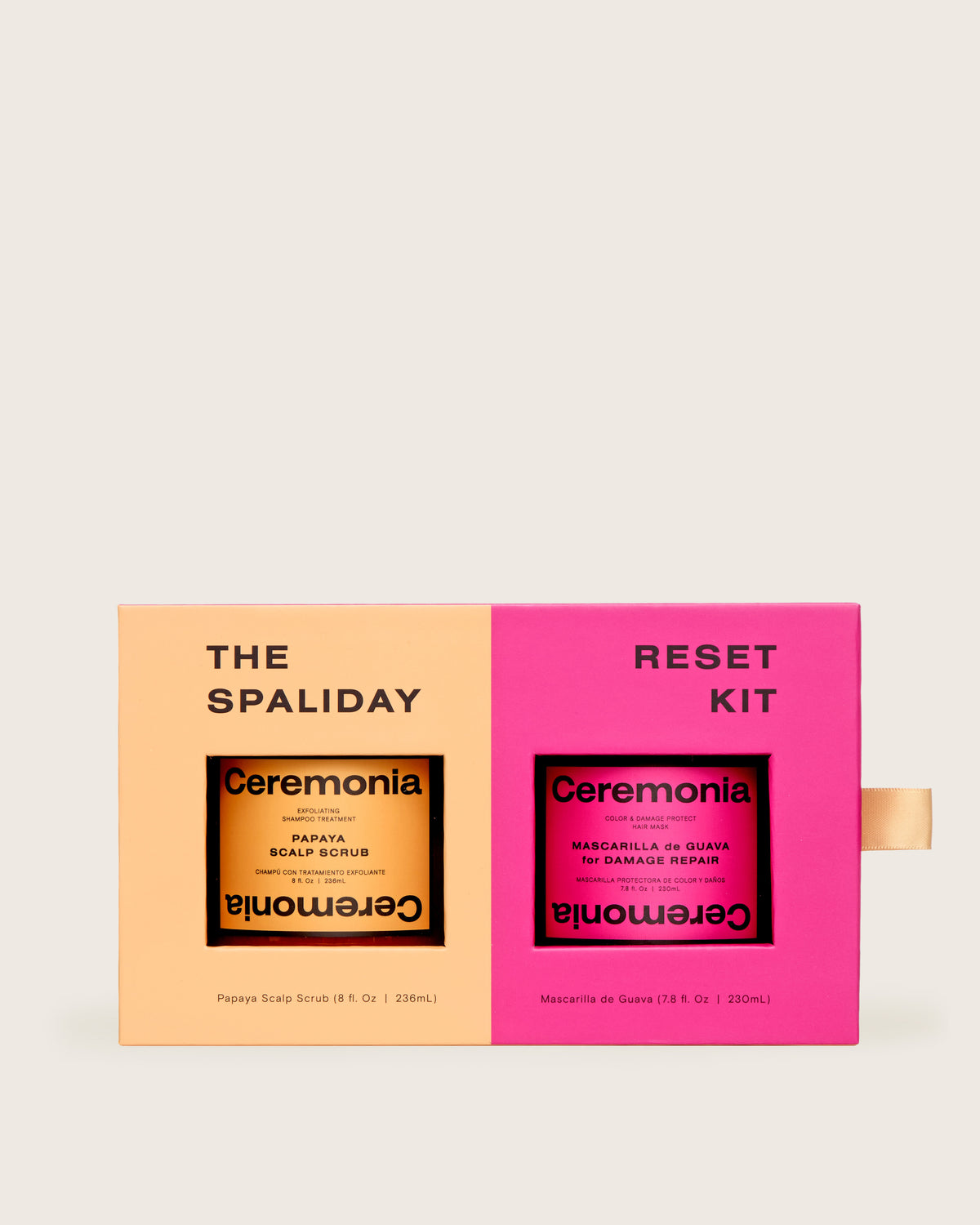

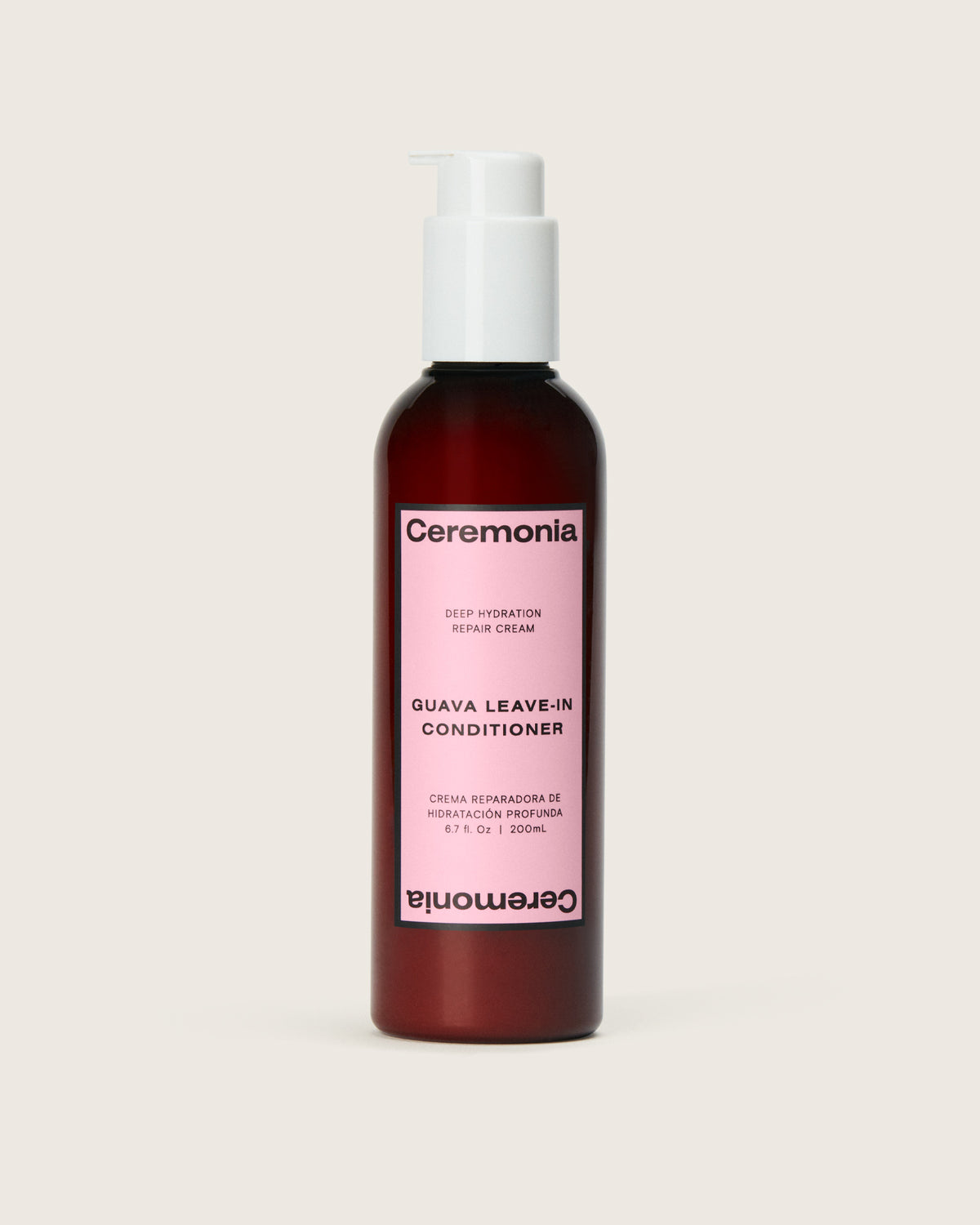

 Avocado Oil
Avocado Oil
 Blue Agave Extract
Blue Agave Extract
 Guava Fruit Extract
Guava Fruit Extract
 PAPAYA ENZYMES
PAPAYA ENZYMES
 Pequi Oil
Pequi Oil
 Safflower Seed Extract
Safflower Seed Extract
 Tamarind Extract
Tamarind Extract